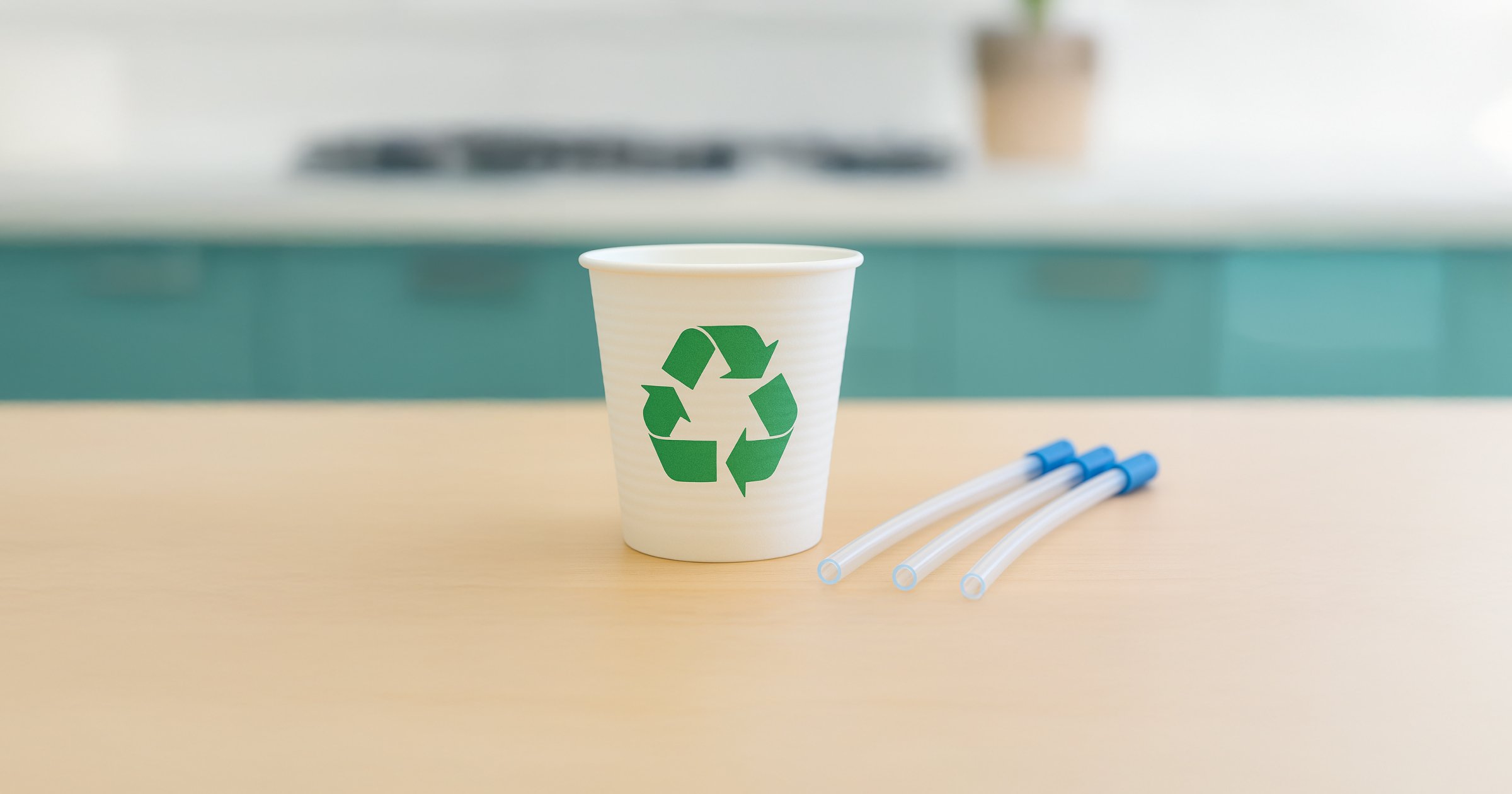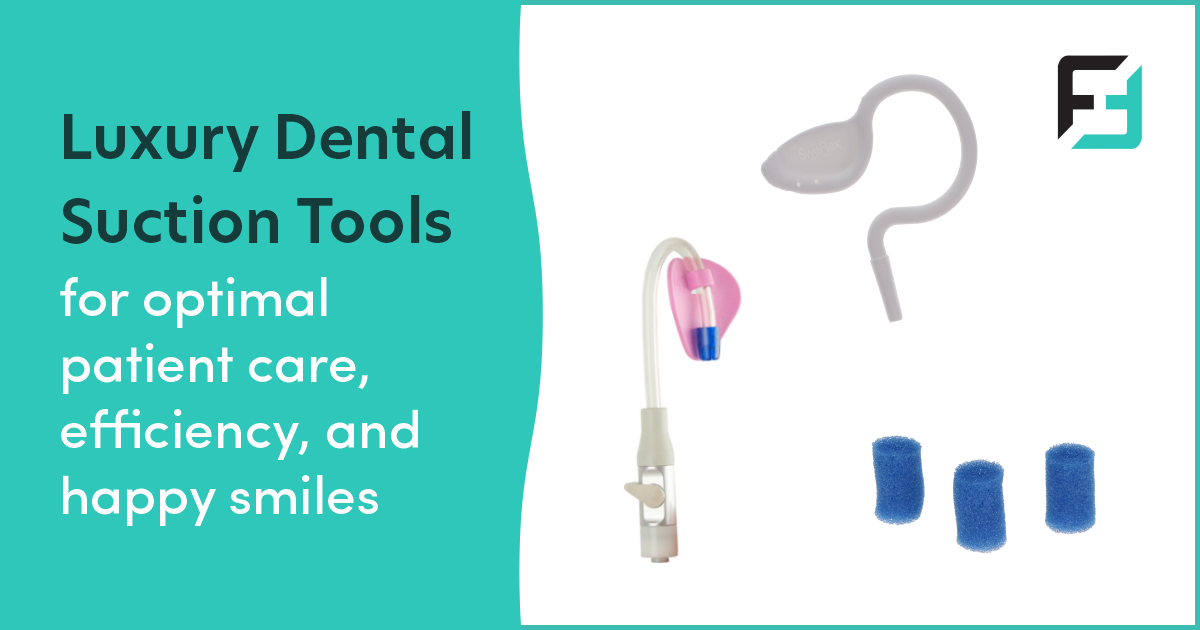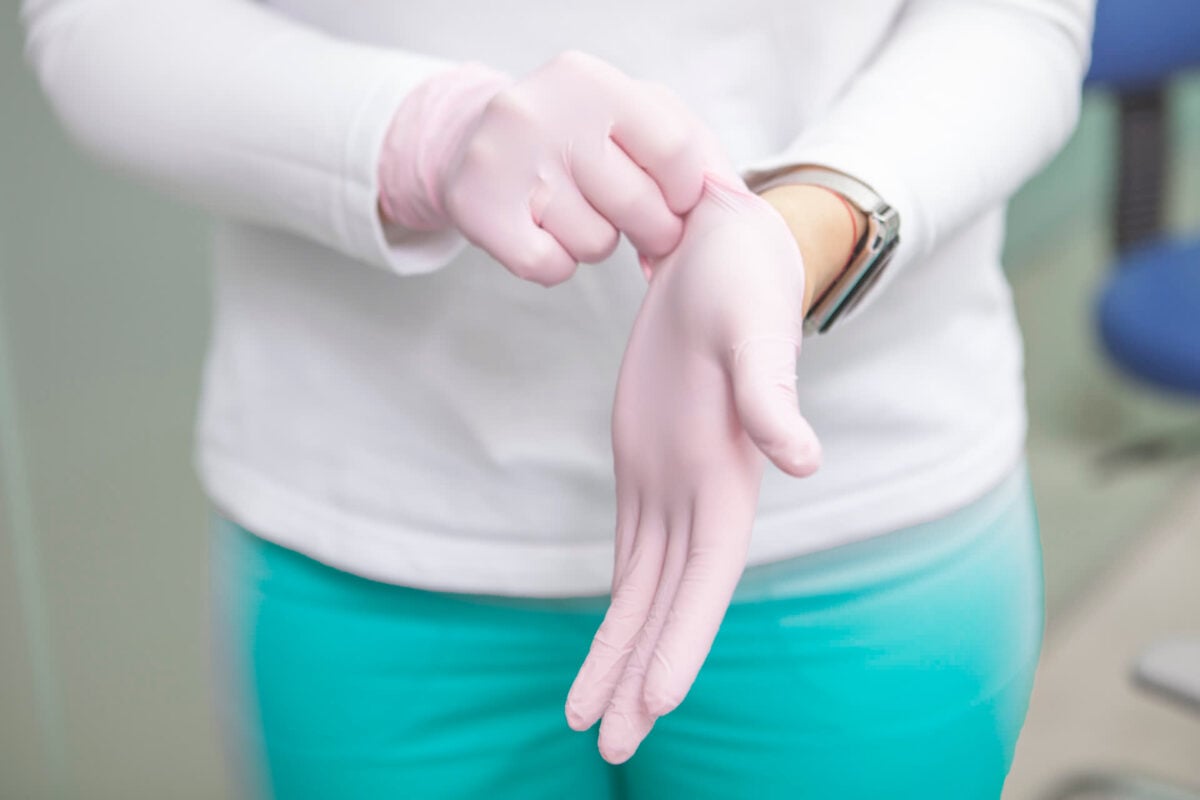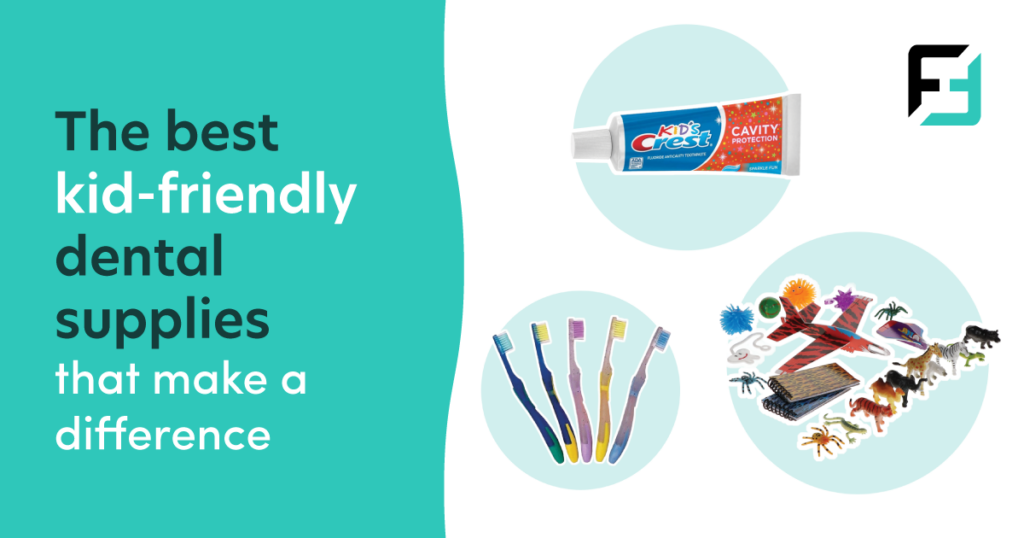Small changes can benefit your patients, practice, and planet.
If healthcare were a country, it would be the planet’s fifth-largest emitter of greenhouse gases. Are dental practices doing all they can to be green?
Making small changes can go a long way in improving environmental sustainability in dentistry and dental practices that demonstrate concern for the environment get noticed. Why? Local practices are relied upon for their dedication to health and wellness in the community. Demonstrating a commitment to the environment can help build patient loyalty and promote better health in the neighborhood and beyond.
Choosing recyclable dental supplies and reducing waste is a good place to start. This article will take a look at ways to embrace sustainable dentistry, reduce pollution and waste, and benefit your patient base.
What does sustainability in dentistry look like?
![]() Statistics reported by the FDI World Federation of Dentistry show that the healthcare sector is responsible for approximately 5% of greenhouse gas emissions worldwide. The World Health Organization (WHO) states that while not all countries share the same proportions of emissions equally, the American and Canadian healthcare industries are top emitters per capita.
Statistics reported by the FDI World Federation of Dentistry show that the healthcare sector is responsible for approximately 5% of greenhouse gas emissions worldwide. The World Health Organization (WHO) states that while not all countries share the same proportions of emissions equally, the American and Canadian healthcare industries are top emitters per capita.
Oral healthcare professionals looking to lessen their impact on the planet can play an active role in promoting sustainability in dentistry. For example, recycling can reduce harmful greenhouse gases. Goods manufactured from recycled materials take less energy to produce than those made using raw materials, lowering their environmental impact. Recycling can also help prevent the production of methane caused by the breakdown of organic materials at the local dump site.
Dental practices committed to sustainability will do all they can to provide the highest quality care while minimizing their impact on the planet. It all comes down to reducing, reusing, recycling, and even refilling and repurposing.
Ways to recycle dental products
![]() Practicing environmental sustainability, including recycling and reducing waste, makes good business sense. Switching to paper cups that are easily recycled or using saliva ejectors made of 30% recycled materials may seem like small steps, but they will help further a practice’s sustainability goals.
Practicing environmental sustainability, including recycling and reducing waste, makes good business sense. Switching to paper cups that are easily recycled or using saliva ejectors made of 30% recycled materials may seem like small steps, but they will help further a practice’s sustainability goals.
The ADA notes the importance of recycling the “big five”: paper, plastic, glass, steel, and aluminum. For a recycling program to work, it’s important to label bins properly and place them where they can be seen and used by patients and staff.
For hazardous materials, such as the mercury contained in amalgam, amalgam separator systems can enable the safe capture and recycling of mercury and other metals. Recycling electronics and batteries responsibly can also safeguard the environment and protect water ecosystems.
Other sustainable practices
![]() Choosing products that biodegrade over time, such as biodegradable nitrile exam gloves, can provide all the comfort, durability, and tactile sensitivity without overtaxing landfills. While reusable products, such as autoclavable stainless steel instruments, provide years of reliable service.
Choosing products that biodegrade over time, such as biodegradable nitrile exam gloves, can provide all the comfort, durability, and tactile sensitivity without overtaxing landfills. While reusable products, such as autoclavable stainless steel instruments, provide years of reliable service.
Additionally, making conservation changes around the office, such as going paperless, switching to energy-efficient lighting, conserving water, and turning off electronics and lights at night, can also make a business more sustainable.
Conclusion: Sustainable dental products benefit your patient base
Whether buying recyclable, reusable, refillable, or biodegradable, there are products that can help dental offices be more green. We all know that a healthier planet means healthier patients. When it comes to purchasing supplies, today’s dental practices have a responsibility to their patients and community to choose wisely. Using quality, sustainable dental products demonstrates a practice’s commitment to providing exceptional care while minimizing harm to the community it serves, which is a good reason for all to smile.




